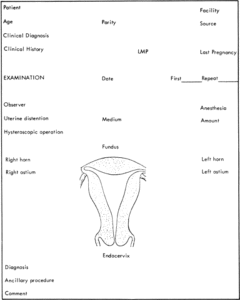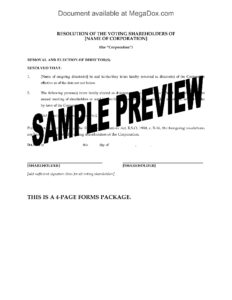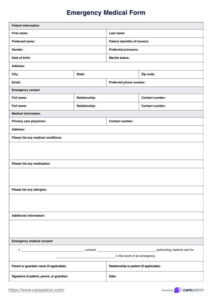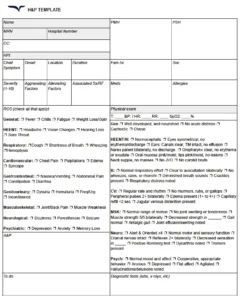In today’s fast-evolving healthcare landscape, understanding and meeting patient expectations is more crucial than ever. It’s not just about providing excellent medical care; it’s also about ensuring a positive overall experience for everyone who walks through your doors, from the initial appointment scheduling to follow-up care. A strong focus on patient satisfaction directly impacts patient loyalty, reputation, and even clinical outcomes.
That’s where a well-designed healthcare customer satisfaction survey template comes into play. It’s an invaluable tool for gathering honest, actionable feedback directly from the people you serve. By systematically collecting this input, healthcare providers can identify areas of strength, pinpoint weaknesses, and implement targeted improvements that truly make a difference in patient experience.
Understanding the Power of Patient Feedback in Healthcare
Collecting feedback isn’t just a tick-box exercise; it’s a vital component of continuous quality improvement in healthcare. Patients are your most important stakeholders, and their perceptions shape how your organization is viewed. By actively soliciting their opinions, you demonstrate that you value their voice and are committed to enhancing their journey. This proactive approach builds trust and fosters a stronger relationship between providers and patients.
Think about it: a patient might have received top-notch medical treatment, but if the administrative process was confusing, the waiting times were excessive, or the communication was unclear, their overall satisfaction might suffer. A comprehensive survey helps you uncover these often overlooked, non-clinical aspects of care that significantly impact the patient experience. It provides a structured way to listen to what truly matters to your patients, beyond just their medical condition.
Furthermore, regular patient satisfaction surveys provide quantifiable data that can be tracked over time. This allows you to measure the impact of any changes you implement and identify trends. Are your new online scheduling system improvements actually making patients happier? Is the recent training for your front desk staff leading to better interactions? These surveys offer concrete answers, guiding your strategic decisions with real-world data rather than assumptions.
Ultimately, a deep understanding of patient satisfaction can lead to numerous positive outcomes. It can boost patient retention, attract new patients through positive word-of-mouth, improve staff morale by highlighting their good work and providing clear areas for development, and even enhance financial performance by reducing patient attrition and improving efficiency. Embracing feedback is embracing growth.
Key Benefits of Using a Standardized Survey Template
- Consistency in Data Collection: Ensures you’re asking the same questions to every patient, making comparisons and trend analysis much easier.
- Time Efficiency: Saves your team from having to design a survey from scratch every time, allowing them to focus on analysis and action.
- Comprehensive Coverage: A well-vetted template usually covers all crucial aspects of the patient journey, reducing the chances of missing important feedback points.
- Benchmarking Potential: Allows you to compare your results against industry averages or best practices if the template aligns with common metrics.
Crafting Your Effective Healthcare Customer Satisfaction Survey Template
While using a template provides a great starting point, customizing it to fit your specific practice or facility is essential for maximum effectiveness. The best surveys are not overly long, are easy to understand, and cover a range of touchpoints. You want to ask questions that elicit constructive feedback, not just “yes” or “no” answers, where possible. Combining rating scales with open-ended questions often yields the richest insights.
Consider the various stages of the patient journey when formulating your questions. From scheduling and arrival to the actual consultation, nursing care, discharge, and even post-visit follow-up, each interaction point offers an opportunity for feedback. Thinking chronologically helps ensure you don’t miss any critical elements that contribute to the overall experience. Don’t forget to include questions about cleanliness, comfort, and the helpfulness of all staff members, not just the medical professionals.
When designing your healthcare customer satisfaction survey template, think about the language you use. Keep it simple, clear, and free of medical jargon. Patients should be able to quickly grasp what each question is asking without feeling confused or overwhelmed. Also, consider the format for distribution. Will it be an online survey, a paper form given at discharge, or perhaps sent via email? The chosen method can influence response rates and the type of questions you might ask.
Finally, remember that the survey itself is only the first step. The real value comes from analyzing the responses and, most importantly, acting on the insights gained. Regularly review the feedback, identify recurring themes, and develop clear action plans to address areas needing improvement. Share the results, both positive and areas for development, with your staff. This transparency fosters a culture of continuous improvement and shows your team their efforts in providing excellent care are recognized and valued.
By regularly collecting and acting upon patient feedback, healthcare providers can cultivate an environment where patient needs are consistently met and even exceeded. This dedication not only leads to higher satisfaction scores but also builds a resilient and reputable healthcare organization that truly serves its community. Focusing on the patient experience is an ongoing journey, and robust feedback mechanisms are your compass.



